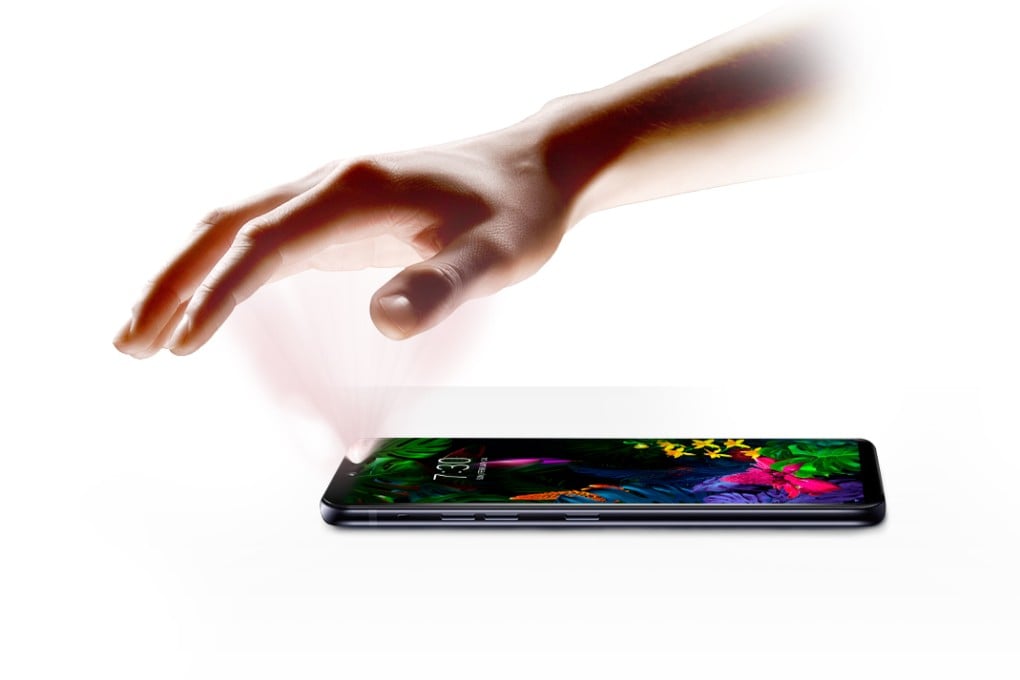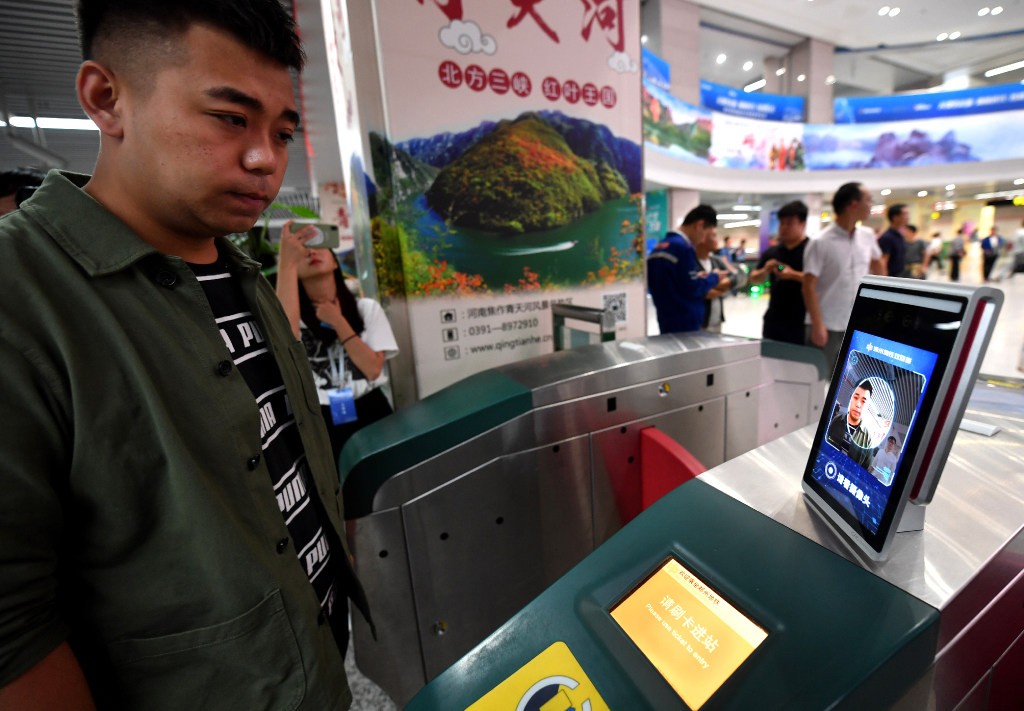Why your palm could be safer than fingerprints or facial recognition
Amazon and Apple both have patents for palm scanners and Chinese startups have already started using the tech in locks and vending machines

Biometrics are increasingly used for identification and mobile payments, but most current systems face limitations and concerns about privacy. Maybe you’ve worried about your facial data being held by various tech companies or hesitated about pressing your finger on a dirty scanner at border checks.
Touchless palm verification is one piece of tech that might be able to address these problems. Palm recognition systems work by identifying vein patterns and lines and creases on the hand’s surface, ideally using cameras and infrared to avoid contact.

Another security advantage for palm recognition is that it’s difficult to steal when the target is dead. Liang said subcutaneous palm vein patterns can only be captured under infrared light when the subject is alive, giving the system an inherent anti-spoofing ability.